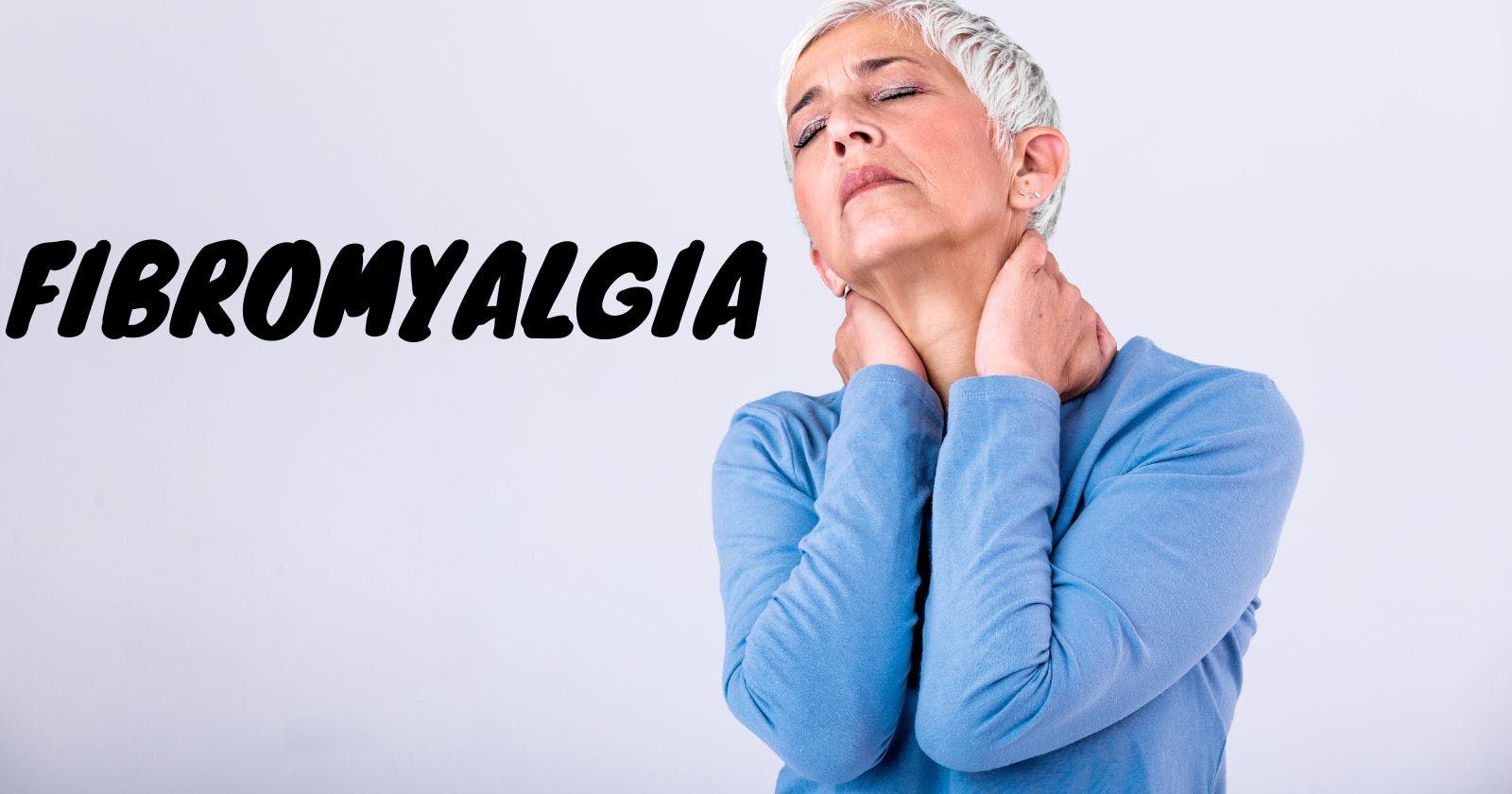Fibromyalgia is a complex illness that causes pain, fatigue, and various other problems. It is a type of long-term disorder. Some of the common symptoms of fibromyalgia are musculoskeletal pain, general fatigue, tenderness, sleep, and cognitive disturbance. This is a unique kind of condition and very difficult to understand even for healthcare specialists. Most of the symptoms of fibromyalgia mimic other health conditions that make it difficult to diagnose correctly. Many times fibromyalgia gets misdiagnosed as another condition. Some researchers believe that this disorder amplifies the pain sensation by affecting the brain and spinal cord. Decades ago, some professionals even questioned whether this condition is even real. But now the condition is much explained and manageable. Fibromyalgia mostly appears in females than males. People usually get this condition in middle age but kids can also get fibromyalgia.
Symptoms of fibromyalgia
Fibromyalgia appears in certain parts of the body known as regions of pain. Some regions overlap with tenderness areas also known as tender points or trigger points. The pain in fibromyalgia is usually dull but consistent. Your doctor will consider the condition as fibromyalgia if you are experiencing pain in four out of five pain regions. The diagnosis process focuses on the musculoskeletal pain areas and pain severity.
Some other symptoms of fibromyalgia are:
Fatigue
Nonrestorative sleep
Headaches
Trouble in sleeping
Dry eyes
Unable to pay attention
Pain
Rash
Itching
Depression
Anxiety
These symptoms can also affect your emotional and mental health. Some people also get fibro fog. It is a type of fuzzy feeling including other symptoms like difficulty in concentration and memory lapses. Fibromyalgia often appears with other conditions like IBS, chronic fatigue syndrome, anxiety, migraine, interstitial cystitis, depression, etc.
What are the common causes of fibromyalgia?
Certain researches show that fibromyalgia condition occurs due to repeated nerve stimulation that affects the brain and spinal cord. It increases certain brain chemical levels that transfer pain signals. It seems like the pain receptors develop a sort of memory of the pain. Due to this, the brain starts overreacting to painful and non-painful signals. Factors that lead to fibromyalgia are:
Infection: Certain illnesses can trigger fibromyalgia
Genetics: This condition can run in families. There is a possibility of genetic mutations that makes a person more susceptible to developing this condition.
Certain physical and emotional events: Fibromyalgia can be triggered due to some physical events like accidents or emotional events like stress.
Some of the common risk factors of fibromyalgia are gender, family history, and other disorders.
Tender points of fibromyalgia
Earlier, fibromyalgia was diagnosed when the person has widespread pain in at least 11 out of 18 specific points. But today certain points are no longer a part of the diagnostic process for fibromyalgia. Common tender points are:
Back of the head
Upper chest
Tops of the shoulder
Knees
Outer elbows
Hips
Doctors diagnose fibromyalgia if the person is feeling pain in four out of five trigger points.
Fibromyalgia pain
The main symptom of fibromyalgia is pain. The person starts feeling pain in various muscles and other soft tissues. The intensity of pain can be from mild to severe discomfort.
When a person has chest pain in the chest, it feels like a heart attack. In fibromyalgia, the pain appears in the cartilage that connects the ribs and breast bones. Sometimes the pain may spread to the shoulders and arms. The chest pain often feels stabbing, and sharp, with a burning sensation. A person may snuggle to catch a breath.
Most people feel back pain from fibromyalgia. Having lower back is very common. The pain may appear due to fibromyalgia, arthritis, or a pulled muscle. Doctors will diagnose the condition as fibromyalgia if the person is also getting brain fog or fatigue. People may have both fibromyalgia and arthritis. Your healthcare specialist often prescribes the same medicines that help relieve other fibromyalgia symptoms. Exercise and stretching may help in supporting muscles and reducing pain.
You can feel leg pain in the muscles and the soft tissues. The symptoms are very similar to arthritis, or pulled muscles. Most people describe the pain as deep and throbbing. Sometimes a person may also feel tingling or numbness in their legs.
Treatment options for fibromyalgia
Medications
Pain relievers: You can take OTC medicines like acetaminophen, ibuprofen, etc. Doctors don't recommend opioid medications as they have lots of side effects and may worsen the pain over time.
Antidepressants: Duloxetine and milnacipran can help in reducing pain and fatigue. Doctors may also suggest amitriptyline to reduce muscle tension and promote sleep.
Anti-seizure drugs: These drugs are used to manage epilepsy and other types of pain.
Homeopathy
You can go for dynamic medications to treat fibromyalgia conditions. Look for a homeopathic specialist near me and get the proper fibromyalgia treatment. Your homeopath will ask you questions regarding other health conditions, diet, environment, etc. He will give you a tailored prescription for your condition. Homeopathy medicines are safe and do not cause any side effects. You can take these medicines for a long time without causing any harm to the body.
Therapies
Physical therapy: You should increase your physical activity to improve your strength. Regular exercise increases stamina and flexibility. Water-based exercise like swimming can help a lot to manage fibromyalgia symptoms. Your physical therapist may suggest certain home exercises to maintain good posture and reduce muscle stress.
Counseling: Talk to a counselor about your health condition. The counselor will help you to manage your emotional stress and teaches strategies to deal with the condition.
Occupational therapy: You can try making some changes and adjustments at work. These changes will help to reduce the stress level in your body.
Massage therapy: For most body pain, a massage is always a good option. It is one of the oldest therapies to deal with pain. Certain techniques are involved to move the muscles and sore tissues. Massage therapy can help in maintaining heart rate, relaxing muscles, and increasing motion. Massages can also help in relieving stress and anxiety.
